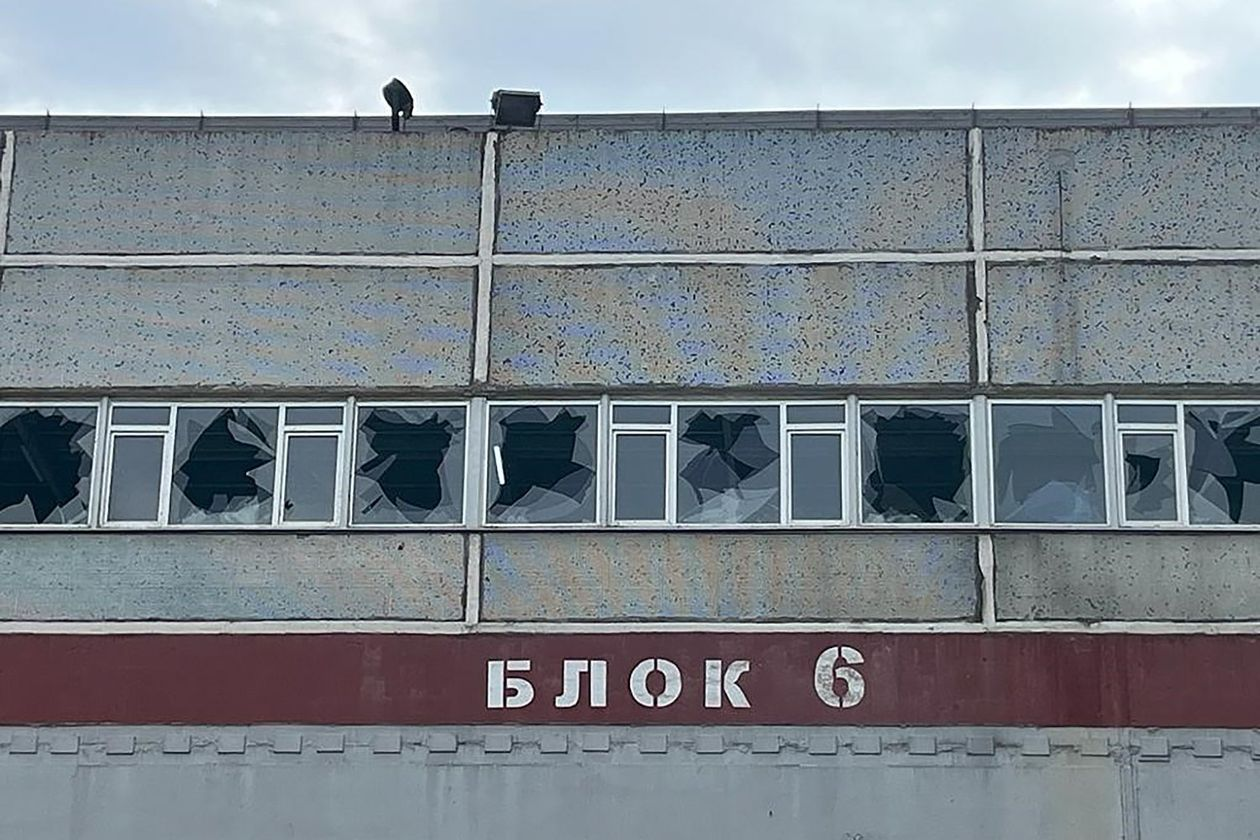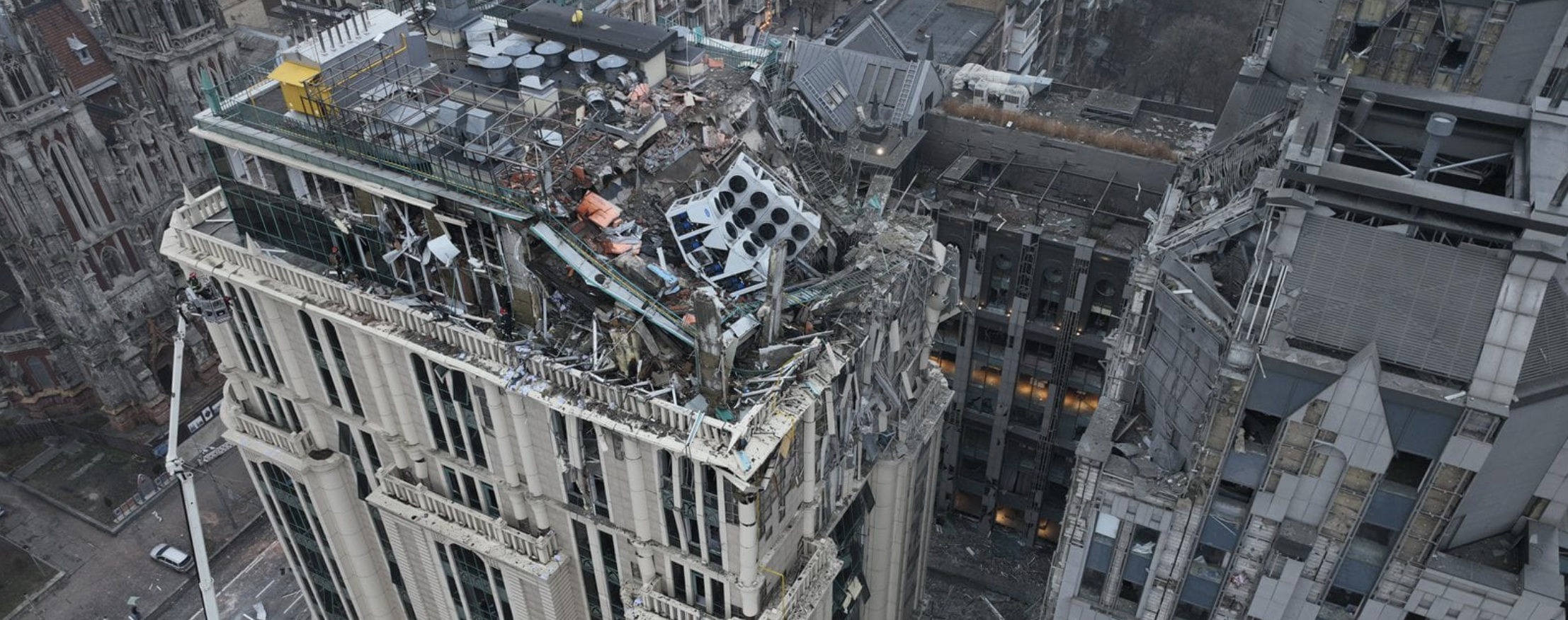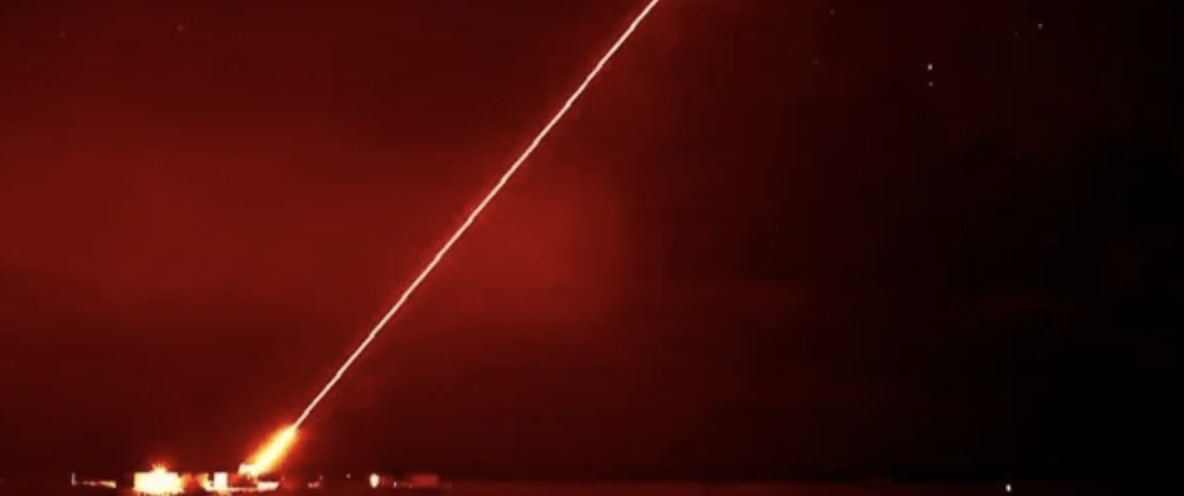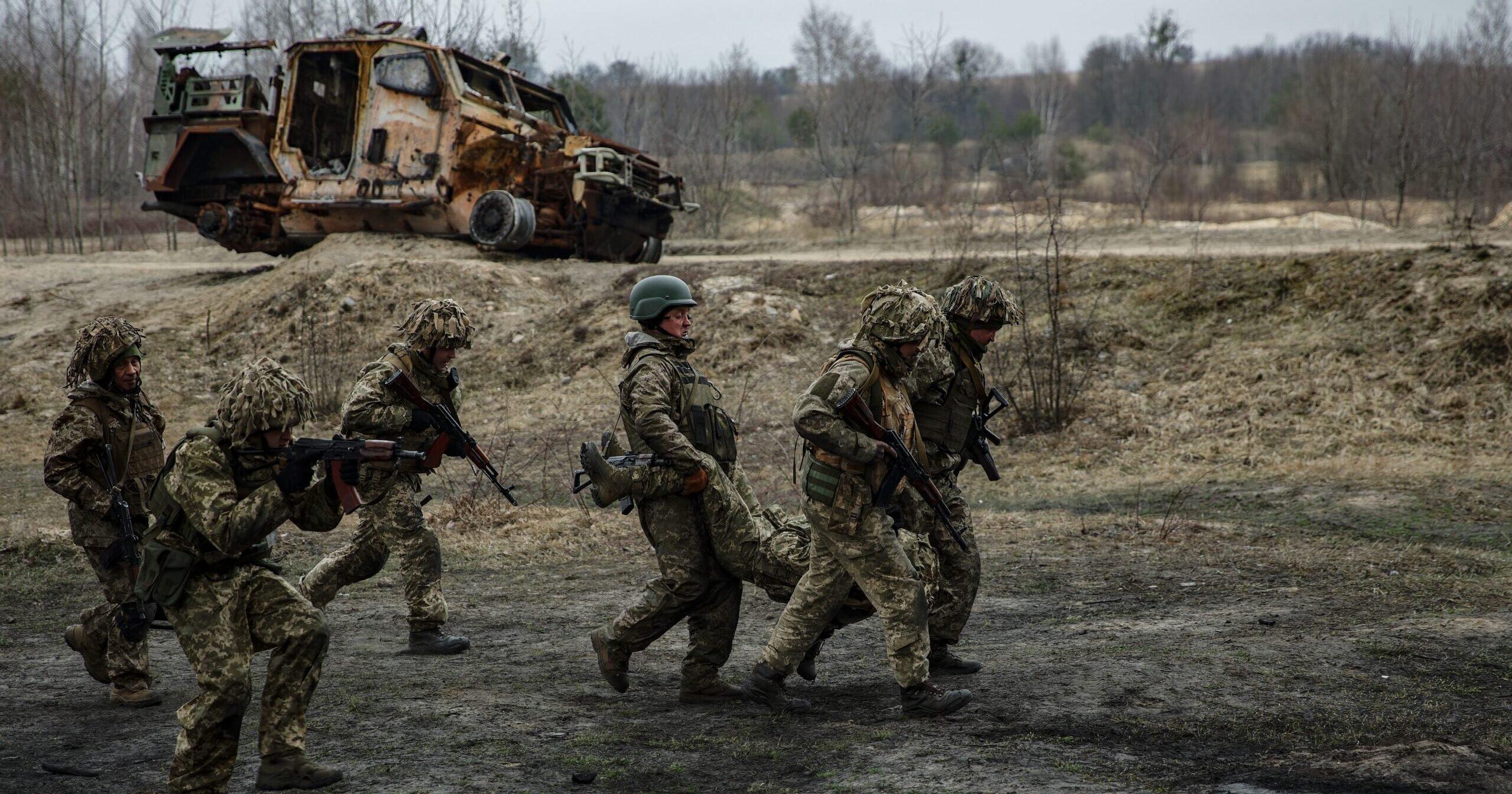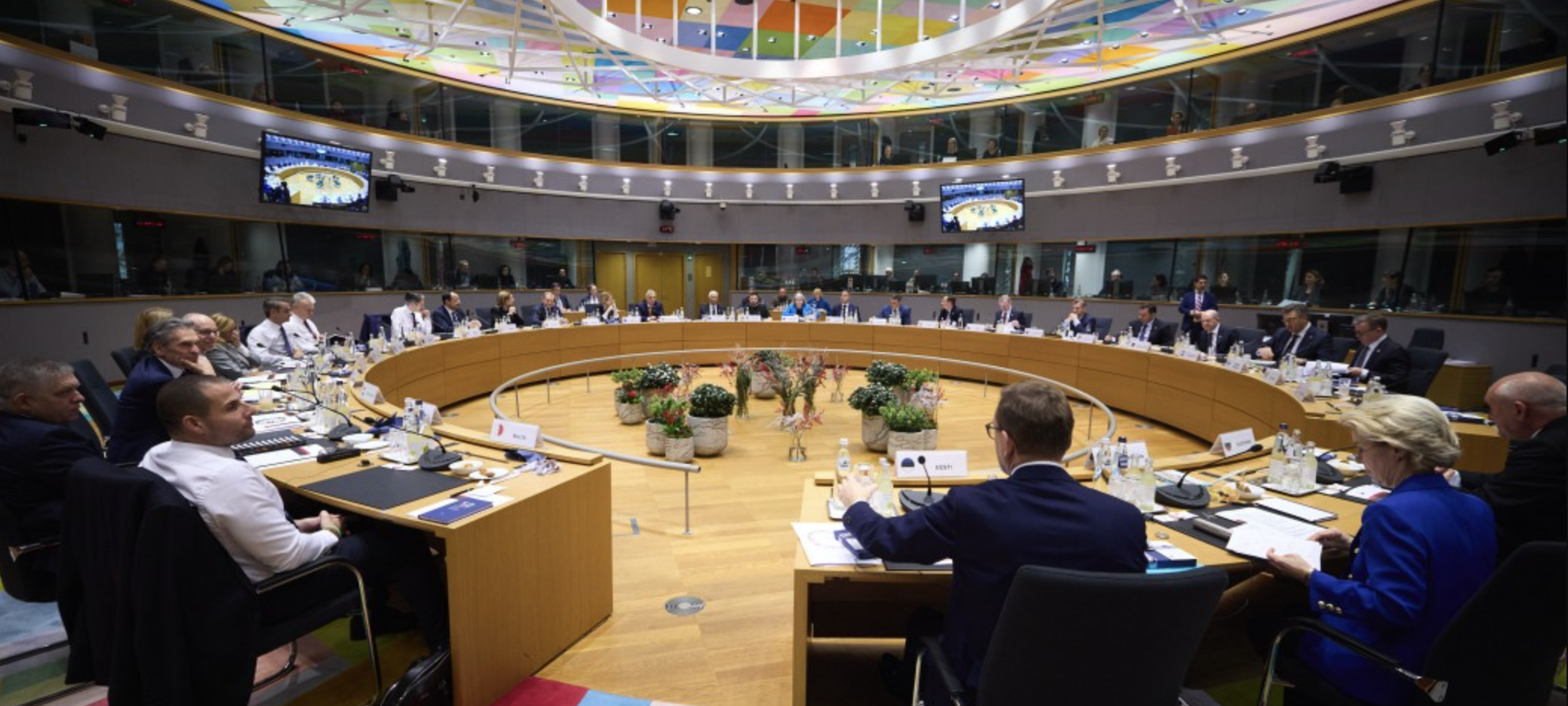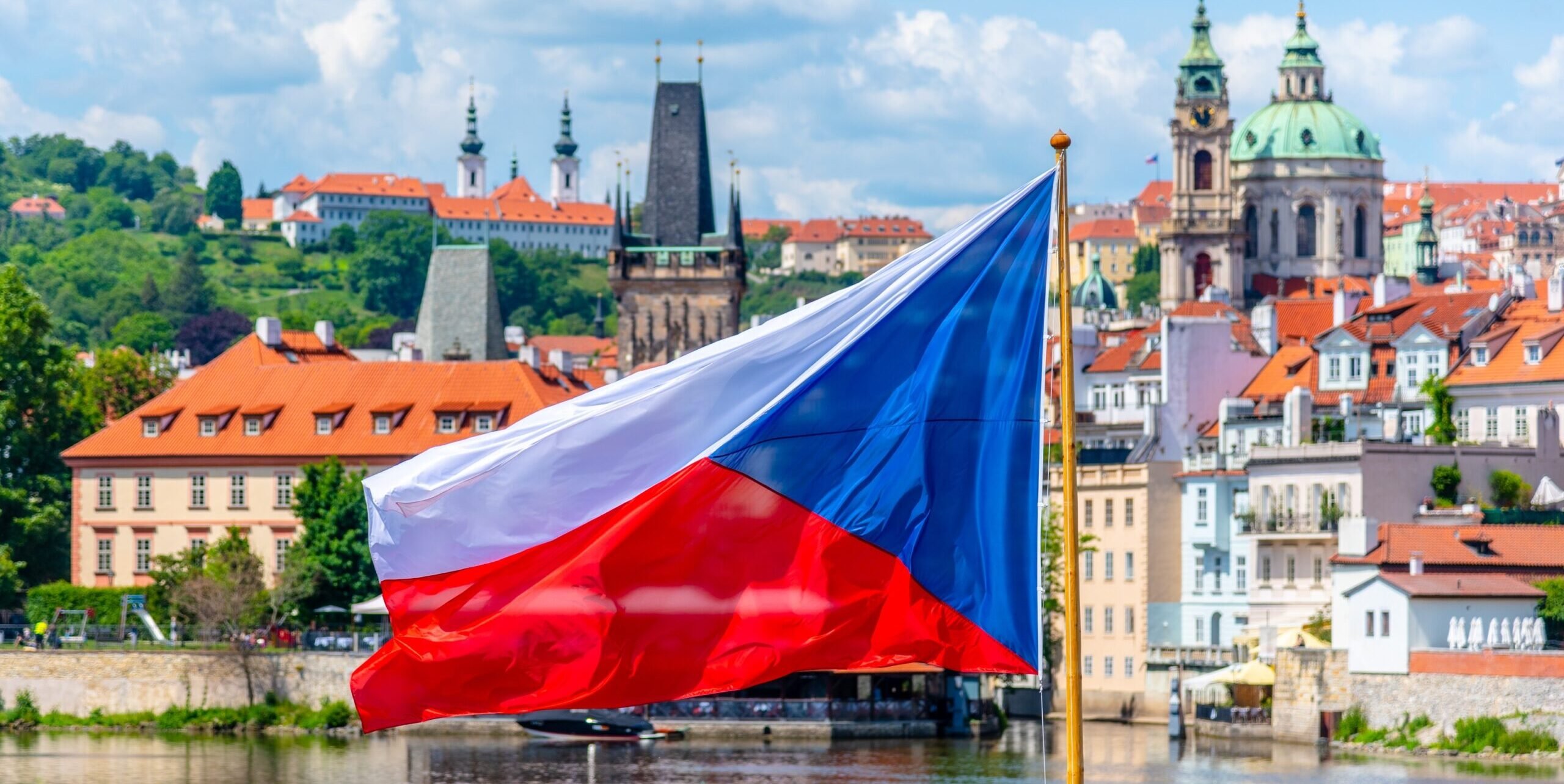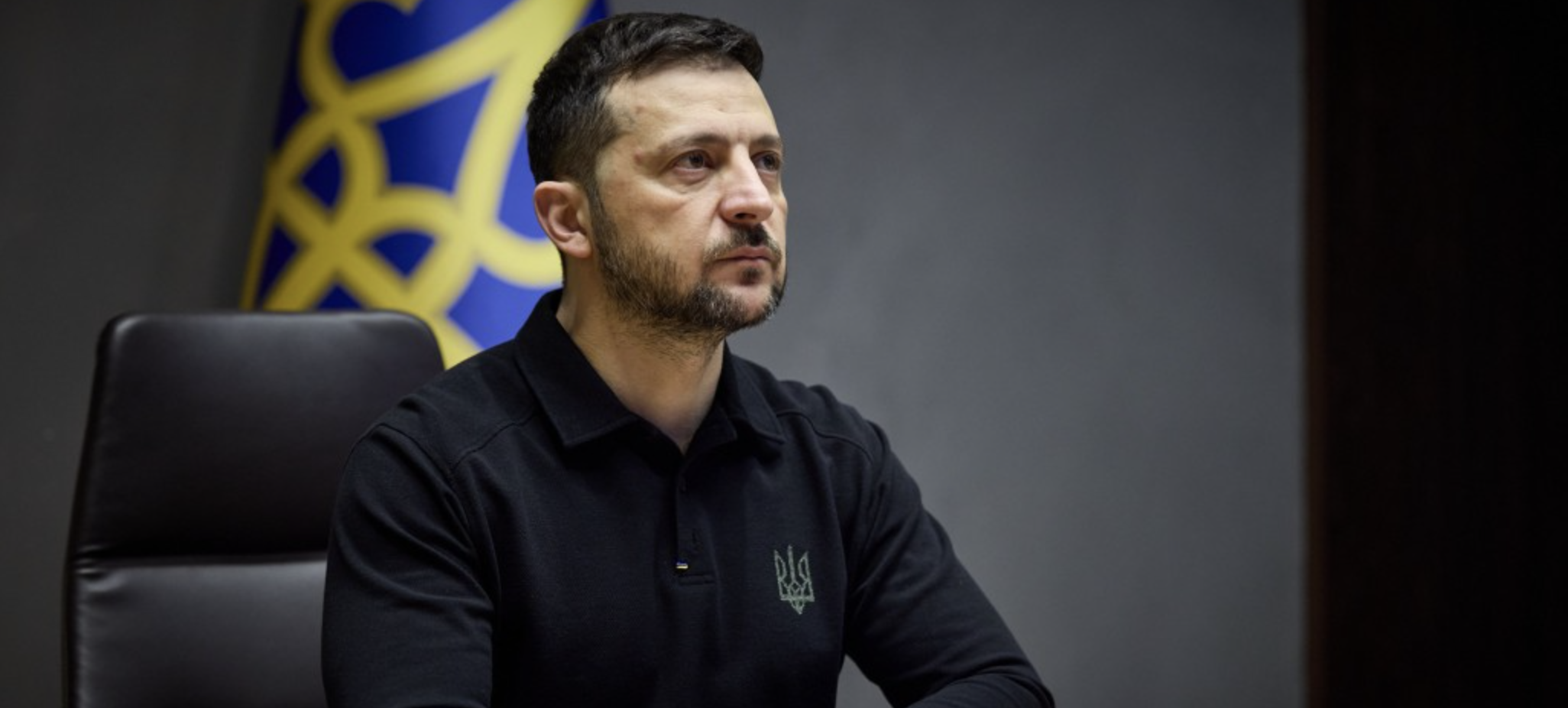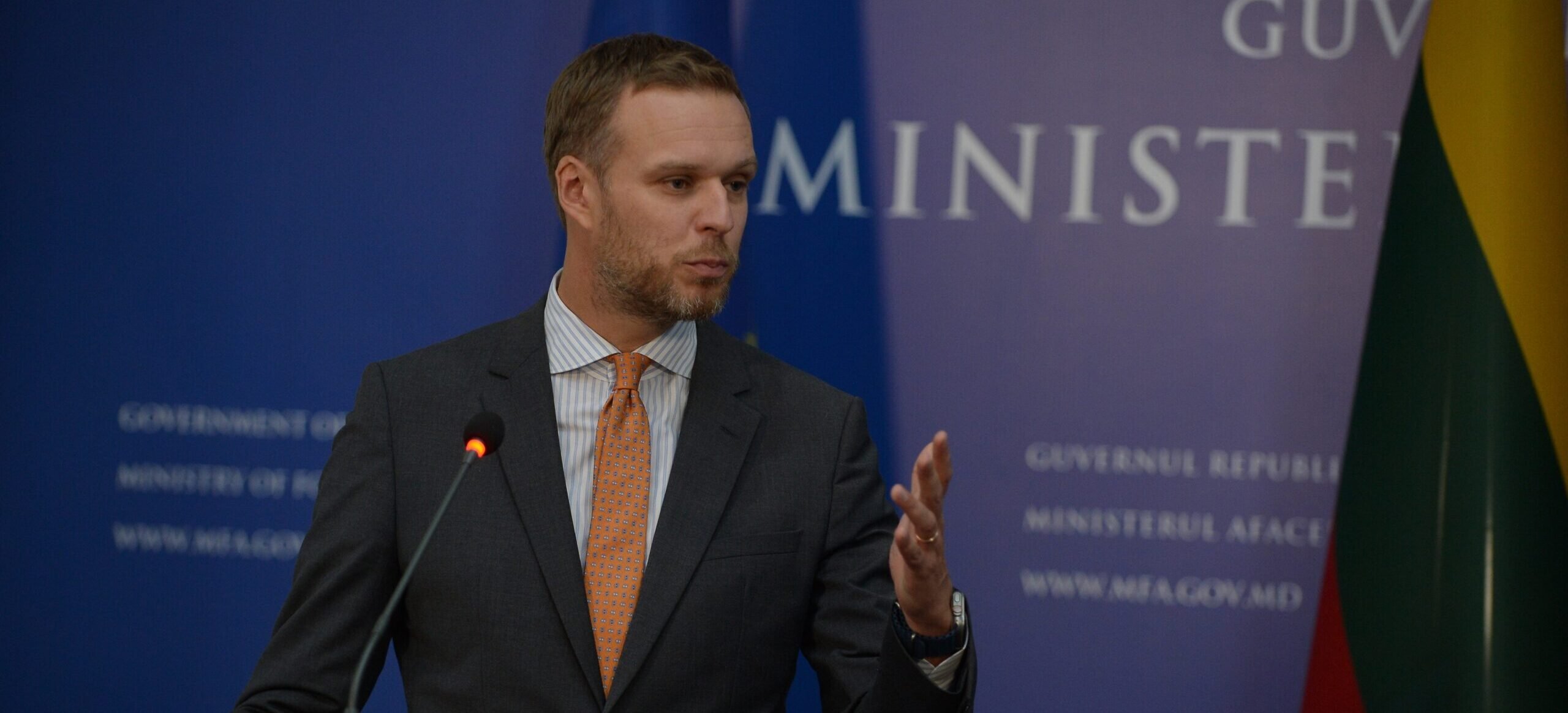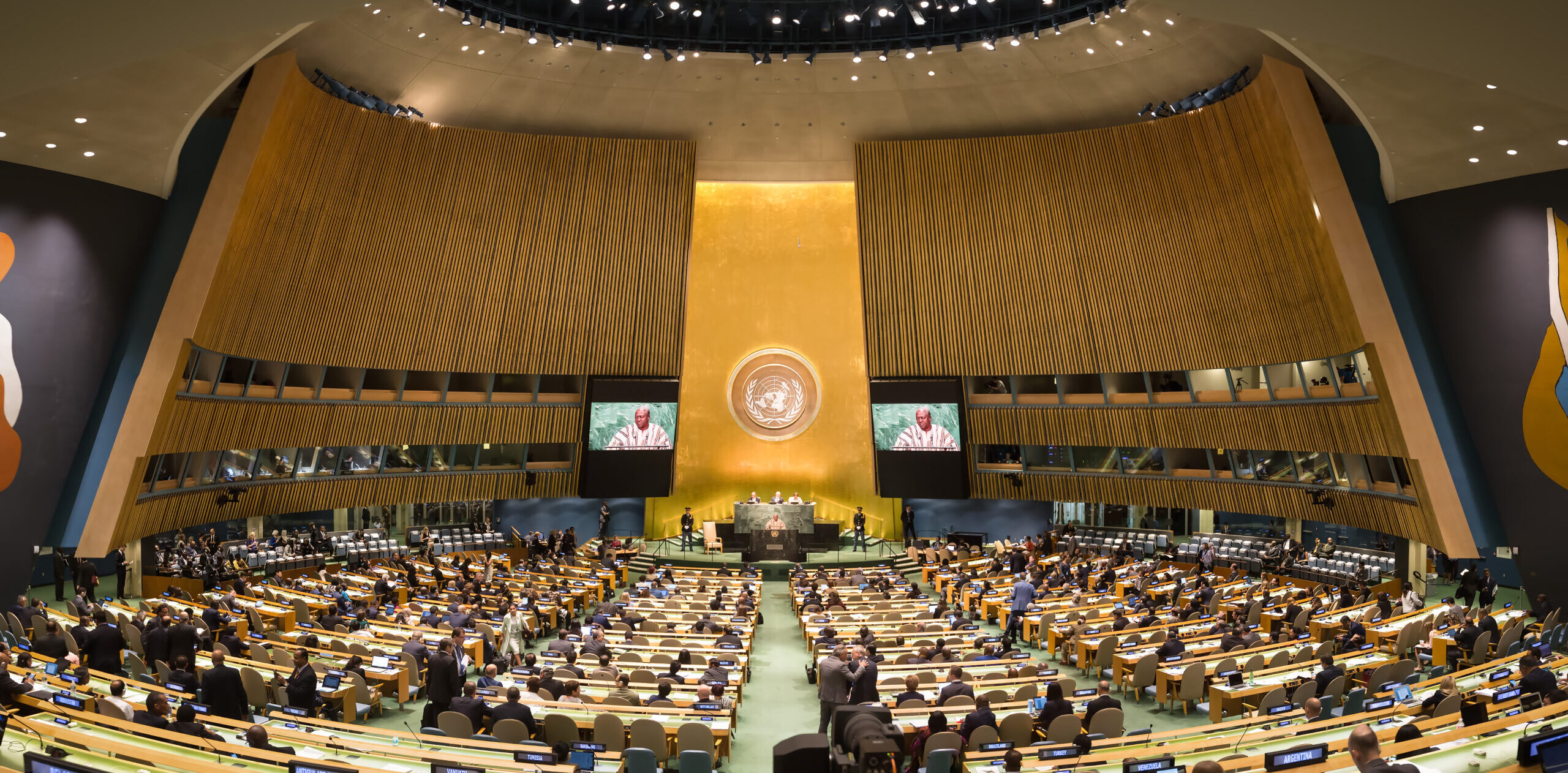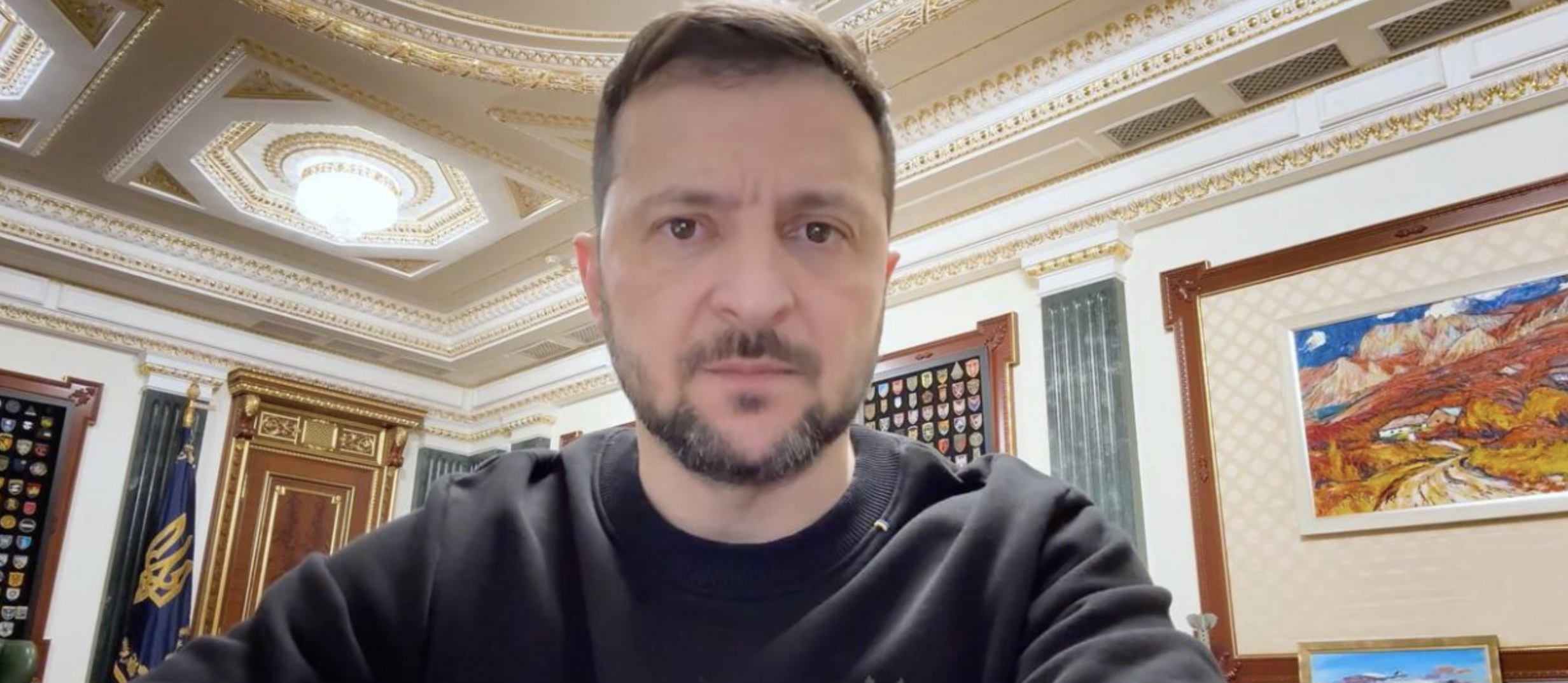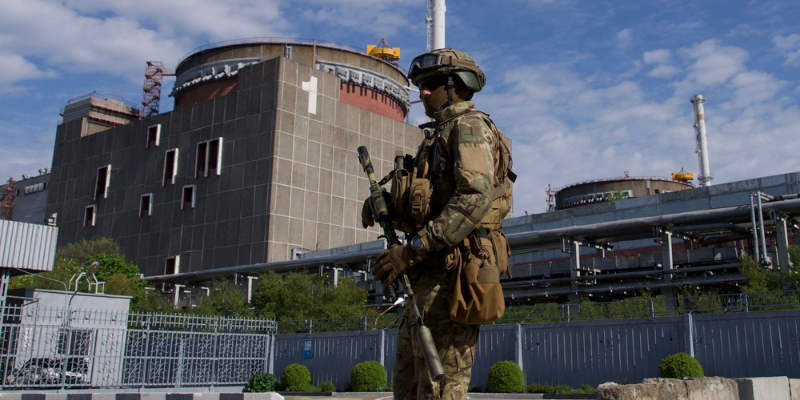
Workers of the Zaporizhya Nuclear Power Plant who managed to get out of Russian torture chambers and come to the free territory of Ukraine told The Wall Street Journal about what happened to them after the Russian orcs captured the city of Enerhodar, the ZNPP seat.
“Hooded and handcuffed, Ihor Murashov, director general of Europe’s largest nuclear plant, was on the stone floor of a basement prison, accused by masked men of betraying Russia. He could hear the captors interrogating his chauffeur,” the WSJ story begins.
According to Murashov, 46, Russia has detained and, in many cases, tortured hundreds of the plant’s workers. (Energoatom, a state enterprise operating all nuclear power plants in Ukraine, has recently said that over 200 ZNPP staff have been detained and dozens are still missing.) The abuse started with lower-level technical and maintenance staff. It has since reached the most senior plant management. The ZNPP director general was taken on Sept. 30 and released last month after lobbying by the United Nations and French President Emmanuel Macron.
Now on Ukrainian-held territory, they say that a unit of Russia’s Federal Security Service, or FSB, operated underground prisons near the plant, where they struck detained workers with rifle butts and batons, shot them in the feet and elbows, deprived them of food and attached electrodes to their ears and fingers.
Some of them were held and tortured at an underground facility that the Russians called “the Hole.” An underwater repairman, Andriy Honcharuk, was beaten into a coma in that jail and later died, according to plant workers.
“They put them in prisons like the Hole, torture them and call their wives,” said Murashov. “They think that by doing this they can change the minds of these people.”
“Some people’s spirits were broken, they were beaten so badly,” added Volodymyr Zhayvoronok, a 49-year-old plant contractor who said FSB officers repeatedly struck him with rifle butts during his 53 days in captivity. During an interview, he showed that he was missing a fingernail. He said interrogators had pulled it off. Wounds on his wrists were bandaged.
Plant workers said that most detainees were released after several weeks if their families could afford a bribe to the FSB or if they recorded a video statement that would be aired on Russian television channels. Those Russia freed would be told to regularly return to the police station to check in with authorities.
A maintenance technician, who spent more than 70 days in the Hole, described it as a windowless underground room with a single guarded entrance. It was empty aside from wooden boxes and boards to sleep on and “smelled like feces and chlorine antiseptic,” he said.
He was shot in the foot, and the wound became infected. Guards threatened to rape his wife, then undressed him and threatened to rape him, he said. His face was too bruised to record a propaganda video, he said. His guards accepted a bribe for his freedom, but he could not leave Enerhodar.
“It’s now almost impossible for plant workers to leave,” he said, reached on an encrypted messenger. “We’re in a nuclear prison.”
Russia does not give up on attempts to use the Zaporizhya Nuclear Power Plant as a blackmail tool. On Nov. 20 and 21, the Russians shelled the ZNPP, causing widespread damage to it, according to the Institute for the Study of War (ISW).
“Artillery strikes themselves are unlikely to penetrate the containment units protecting each nuclear reactor and instead pose a greater threat to the spent nuclear fuel storage facilities, which could leak radioactive material and cause a radiological (as opposed to nuclear) disaster if compromised. The continued conflation of radiological and nuclear accidents and the constant discussion of the threat of disaster at the ZNPP is likely part of a wider Russian information operation meant to undermine Western support for Ukraine and frame Russian control of the plant as essential to avoid nuclear catastrophe in order to consolidate further operational and administrative control of Ukrainian nuclear assets and compel elements of the international community to recognize Russian annexation of Ukrainian territory at least obliquely,” the ISW points out.
Photos via WSJ
